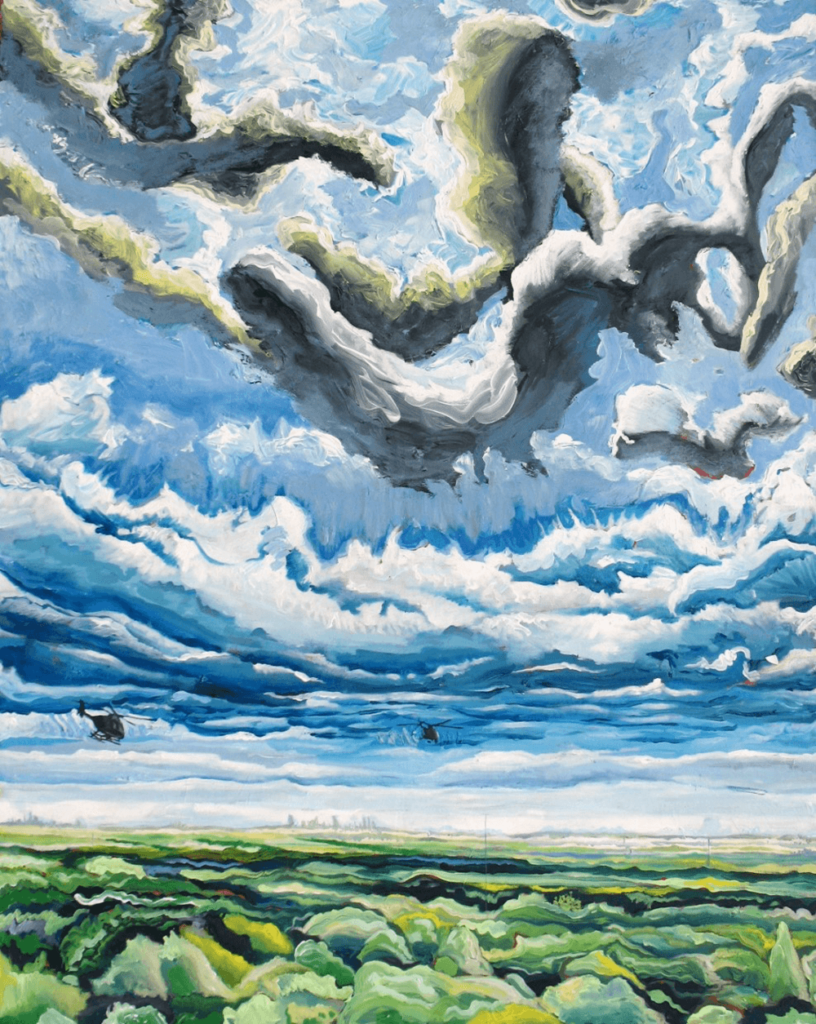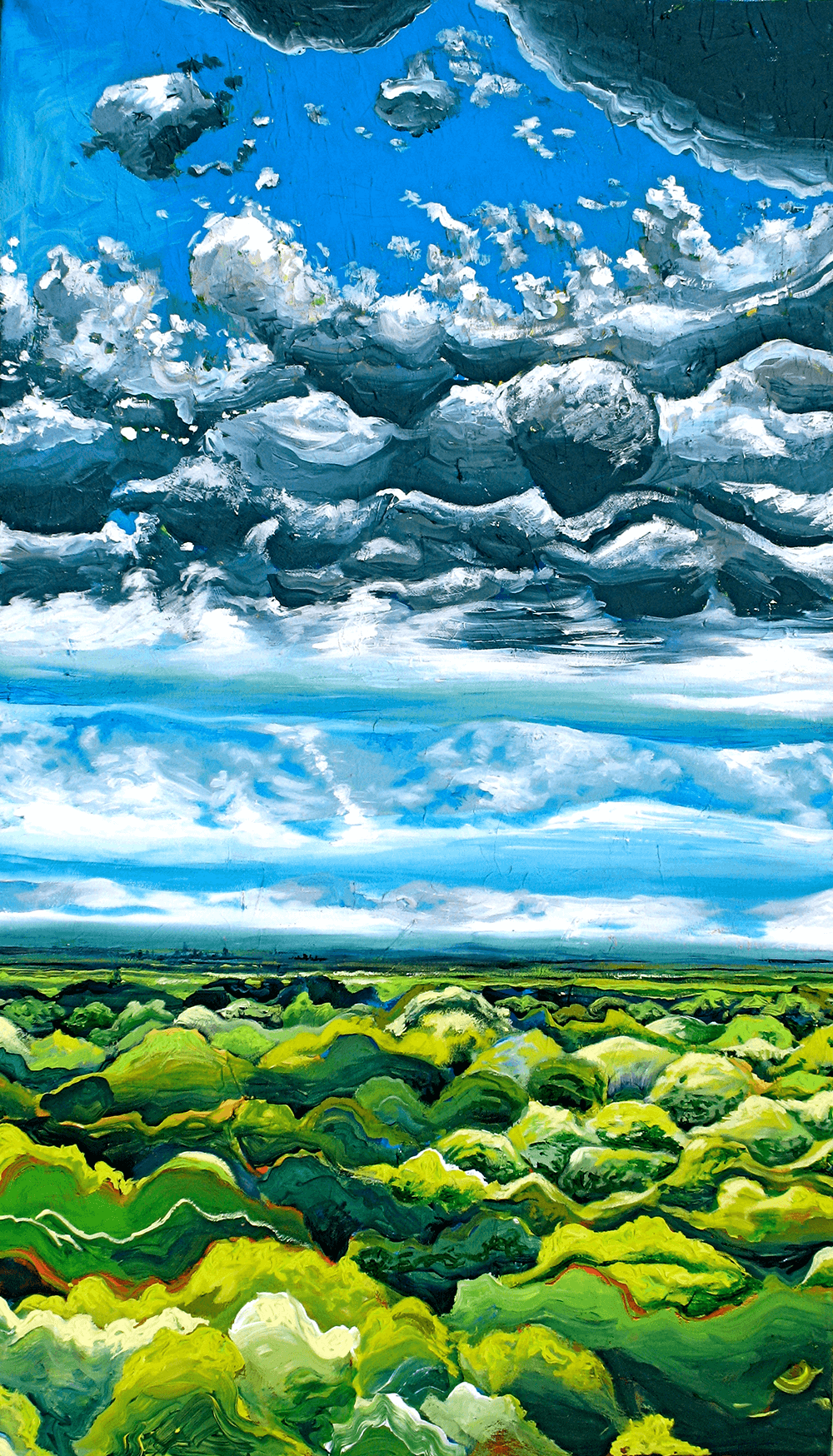
An art teacher at the Cranbrook Upper School in Michigan by day and a practicing artist by night, Senghor Reid, 41, has always called Detroit home. Here, he discusses the inspiration he gleans from the city, as well as Detroit’s troubled public schools and its thriving art scene.
“A lot of people don’t know that Detroit’s arts community has been alive and vibrant for many, many years. Despite the problems the city has faced over the last 15-20 years, the arts have remained strong. There’s such a rich and strong community that supports itself—artists are always supporting each other. We’re always buying each other’s work, helping each other on projects. Countless times, I’ve assisted other artists doing a mural, and then when it was my time to do a mural, I hired them. So you know, there’s a vibrant exchange between artists in Detroit. Now, with the resurgent downtown, there are more and more artists traveling here and trying to be a part of the art community—they find that this is a place where you can comfortably be an artist, feel supported, and believe in what you can do creatively.
In my paintings, I’m usually referencing my hometown. For these two paintings, I wanted to work with the horizon to create a sense of depth, that off in the distance, there was this city and these clouds. But are the clouds leaving? Are they heading towards the city? This was around the time that Detroit was going through financial crisis and bankruptcy. I was posing the question, Are there sunnier days ahead or is there more doom and gloom on the horizon? In the mid-1950s, Detroit reached its peak in terms of population density. There were over 2 million people living in the city at that time. Since then, in the past 60 or so years, there has been a steady decline in population. We hit bottom around the financial crash. There were certain portions of the city that, growing up, had always been abandoned—there were always eyesores. But in 2008 and 2009, we just got more eyesores; there was more abandonment on top of the abandonment that was already there.

A part of my work is in some ways trying to escape from those kinds of issues. I’m trying to create a happier picture that will keep people energized. I try to use colors that will inspire people and motivate them to do great things in the city. A few years ago, there was this whole ‘ruin porn’ thing where photographers would come into Detroit from all over the world to photograph our abandoned houses and structures. Maybe it was sort of revealing at first, but how many times are you going to show the same picture of Detroit and not provide any context for how or why this happened? Instead, it was like, ‘No, we’re going to just show these burned-down houses.’ And so in my art, I’m trying to combat that by creating something that will be a counternarrative to that kind of imagery.
Right now, there are these huge investments in Detroit. People are redeveloping structures downtown. And there’s been some building happening, a little on the riverfront and some other places. But for the most part, our neighborhoods still have lots of issues. About 20 years ago, the state took over our public school system, and left it in total ruin and shambles. There are abandoned schools that they’ve closed, and neighborhoods where children have nowhere to be educated. Those problems still persist. If you come to Detroit and just hang out downtown, you’ll miss the full picture. The government will come in, close a school, and say ‘We’re going to close the schools in this one district, and we’re going to make all the kids go to a charter school.’ Then the charter school closes in two or three years. It’s just a mess. The big question that we face is, okay, you’ve got these hipsters coming in and they’re 20-or early 30-somethings, and they’re living in Detroit and that’s cool. But when it’s time for them to settle down and raise a family, where are their kids going to go to school? What neighborhood are they going to live in? And so a lot of times, those people end up leaving the city, moving out to the ‘burbs, or just relocating altogether to another state to raise their families. There are these migrations that are happening right now. It was an option for me a few years ago but I’m committed. My home is here; my family is here.”

